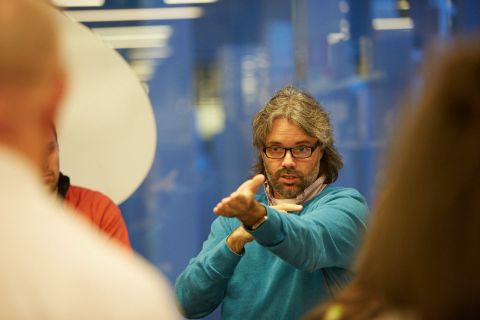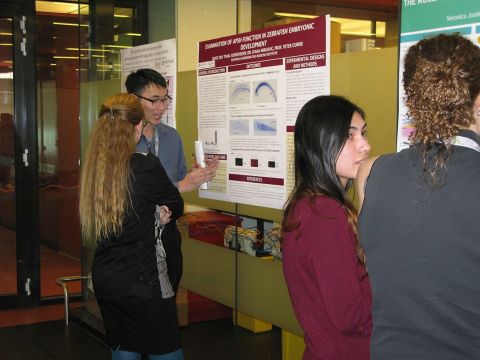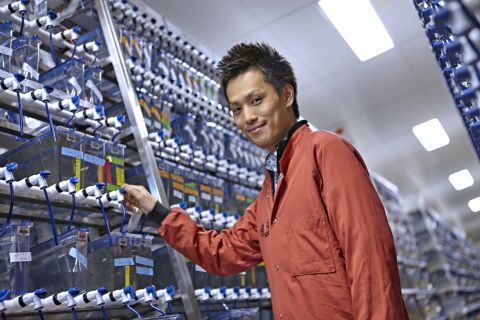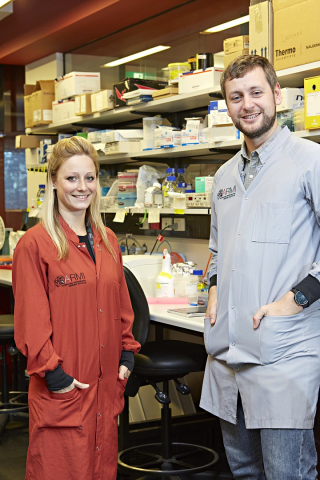ARMI’s research contributes to finding treatment and therapies to a wide range of diseases and conditions.
Below is an example of some of the work we undertake every day. Our ongoing commitment to cutting-edge research and animal modelling places us across a large variety of diseases and conditions.
Follow the links or scroll down to read about some of our scientists’ work and the different diseases we research.

Cancer
ARMI uses zebrafish as a model organism to help better understand some types of cancer, in particular, the Lieschke group study blood cell development and function.
Professor Graham Lieschke is a clinical and research haematologist. He is internationally recognised for his research into blood disorders and cancer using zebrafish and mice. He is also a clinical haematologist at the Royal Melbourne Hospital, where he treats people with leukaemia and lymphoma.

Diabetes
The Nagy group is focused on combining knowledge of developmental biology, stem cells and genetic engineering to create successful therapeutics for regenerative medicine applications.
Their research aims to generate mouse and human therapeutic cell types for replacement therapies, they work with several disease models, including diabetes.

Heart Disease
1 in 100 babies born in Australia suffer from heart defects. The only known cure is an invasive heart surgery very early in life. The cause for these congenital heart diseases remains in most cases unknown. The Ramialison group is studying causes of congenital heart disease. They are a multidisciplinary team of computational and molecular biologists who specialise in genomics. They conduct their research using new genomic technology and the zebrafish as a model organism.
The Ramialison group focuses on applying systems biology (the study of biological components, be it molecules, cells, organisms or entire species) to reconstruct the cardiac gene regulatory networks and to work out not only what leads to proper heart formation, but what are the causes of congenital heart disease.

Arthritis
Building upon decades of experience with transgenic mouse engineering, we are also working to make cells safer and more effective for transplantation by introducing novel functions, such as secreted therapeutics, anti-inflammatory ability and enhanced homing.
Neurotrauma
The Bourne group have garnered an international reputation for being at the forefront of visual neuroscience with a particular emphasis on development, plasticity and repair following injury.
The Kaslin group researchers cellular plasticity in the brain and spinal cord. In particular, the group is interested in how the neural system can repair itself by mobilising stem cells and how one can improve this process.
Multiple sclerosis
The Merson Group studies the cellular and molecular interactions between neurons and myelin-forming oligodendrocytes with the central nervous system.
A major goal of Dr Merson’s Group’s research is to develop strategies to promote myelin repair in diseases such as multiple sclerosis. The Group also has an emerging interest in the role of oligodendrocyte turnover and myelin remodelling in cognitive processes such as learning and memory and the contribution of myelin dynamics to neurological disorders.
Make a donation online at the Monash University website.
Donate now
Donations of $2 or more are tax deductible.

